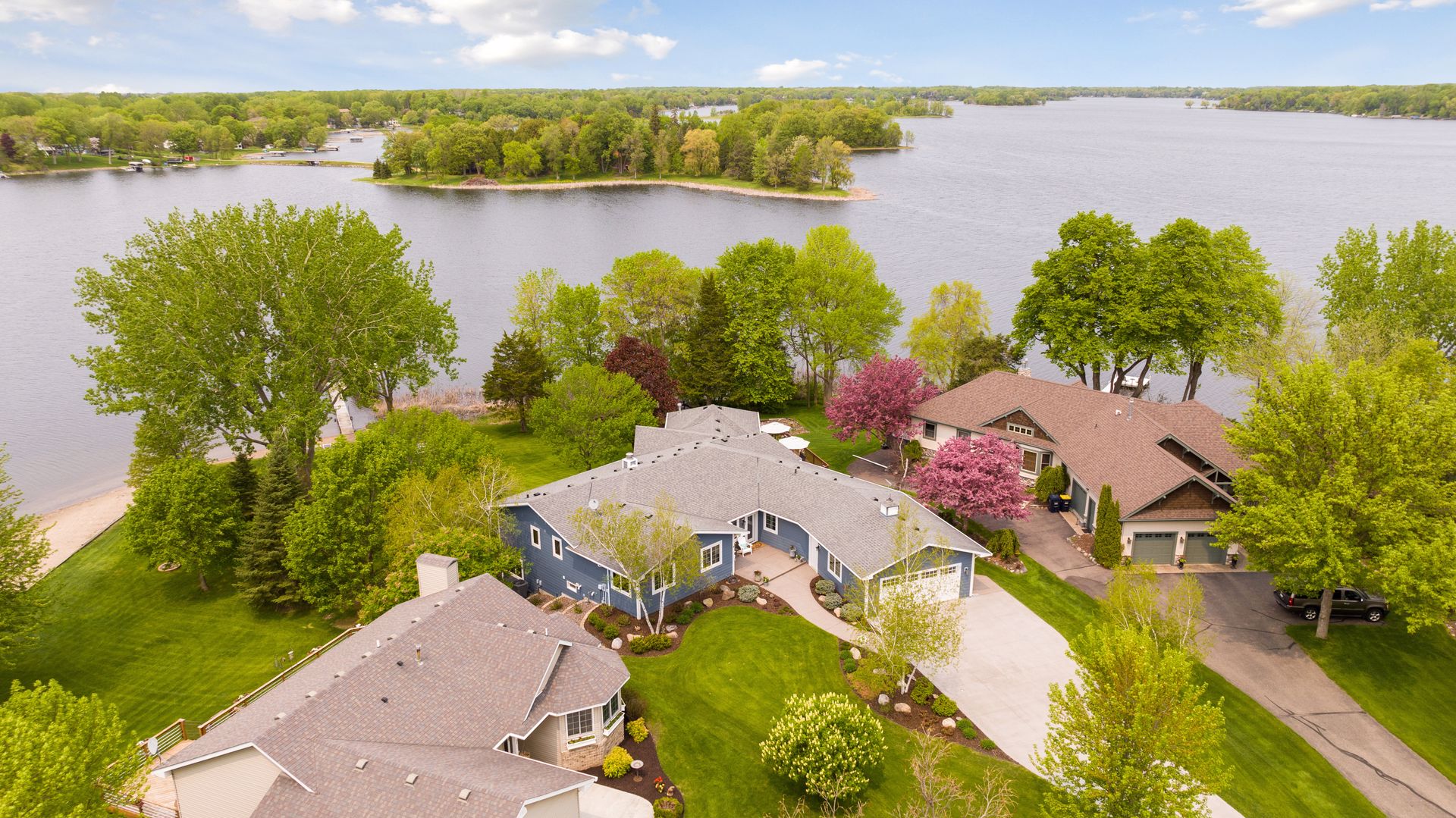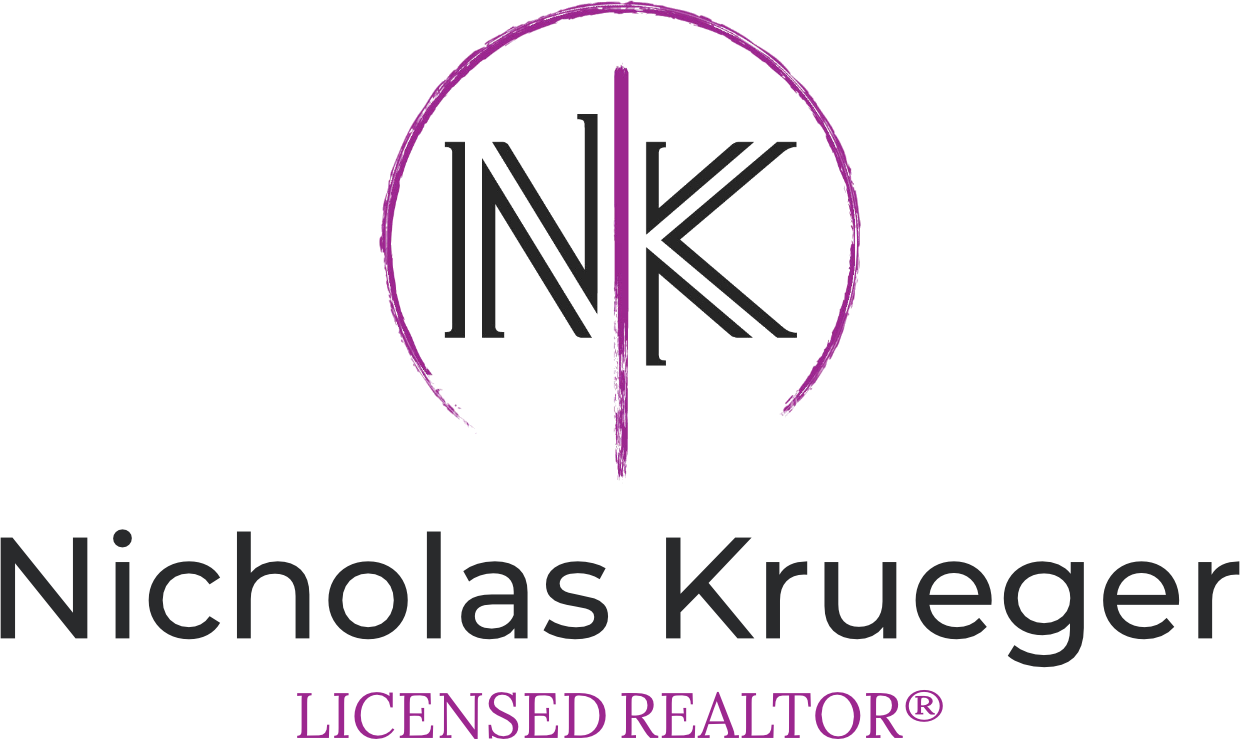
Don’t Fall for the View: What Most People Miss When Buying a Lake Home in Minnesota
By Nicholas Krueger – Twin Cities Real Estate Expert
You Found the Dream.
The sparkling water, the private dock, the wraparound deck—your lake life fantasy is one signature away from becoming real.
But here’s the truth most people don’t learn until it’s too late:
💧 That dreamy lake home could be a $100K mistake.
I’ve helped many buyers and sellers navigate the world of waterfront property, and I’ve seen some unfortunate surprises along the way—surprises that could’ve been avoided with the right guidance.
If you’re thinking about buying or selling a lake home, this guide will show you mainly what to watch out for—and how to protect your investment (and your sanity). Be mindful, this is a small list; there are many more pitfalls I watch out for!
1. Not All Shorelines Are Created Equal
When you tour a lake property, it’s easy to fall in love with the view. But what’s under the water matters more than you think.
Sandy vs. Mucky Bottoms: A lot of lakes look crystal clear, but have mucky, weedy bottoms that make swimming uncomfortable or even unsafe.
Depth at the Dock: You might not notice during a walk-through, but if your boat hits bottom or weeds clog your motor? You’ll wish you’d asked.
Lake Quality Reports: Some lakes are gorgeous… and also have algae blooms every August. Know what you’re getting.
Pro Tip: Ask for lake clarity, depth, and quality reports, and if the shoreline has ever been dredged or restored.
2. That Septic System Could Blow Up Your Deal
If the home isn’t connected to city sewer, it likely has a septic system—and this is where many deals fall apart.
Non-compliant systems can cost $25K–$40K to replace
Some counties require sellers to upgrade or disclose before a sale closes
Lenders may deny financing if the system fails inspection
Don’t guess. I help my buyers understand exactly what kind of system is in place and what it means for your timeline and budget.
3. Year-Round Use Isn’t Always Year-Round
A cabin with insulation from 1958 and no central heat might look cozy, but...
Will the pipes freeze?
Is the roof load rated for heavy snow?
Is the well deep enough to function in the winter?
Some homes listed as “year-round” are technically usable, but practically speaking—they’re not. You need to know the difference.
4. Elevation = Lifestyle (or Liability)
This is one of the biggest surprises for first-time lake buyers:
A steep lot might mean 70+ stairs down to the water—beautiful views, but not ideal for kids, aging parents, or carrying coolers every weekend.
Some shoreline staircases are unpermitted or deteriorating—making them a safety and insurance risk.
Properties in floodplains may require expensive insurance or have usage restrictions.
The best time to find this out? Before you fall in love.
5. You’re Not Just Buying a House—You’re Buying a Lifestyle
This is where emotion kicks in. Lake homes are more than investments—they’re legacy properties. Where families gather. Where stories are made.
But if the home turns into a money pit, or if surprise issues force you to sell too soon, the dream can turn into a burden.
That’s why it pays to work with someone who understands:
✅ Shoreline laws
✅ Local zoning and setbacks
✅ Septic and well compliance
✅ Lake-specific insurance nuances
✅ What to avoid and what to negotiate
Thinking of Buying or Selling a Lake Home?
Whether you’re buying your first lake property or selling one that’s been in your family for years, I’m here to help you do it the right way.
You won’t find vague advice or sugar-coated sales tactics here. Just honest, local insight—and the experience to protect your goals.
📲 Want to talk about a property?
📩 DM me or schedule a call: https://calendly.com/nicholaskrueger
🌐 Or visit www.nicholaskrueger.com
📥 Want My Complete Lake Property Buyer Checklist?
Email me for my free guide: “What to Ask Before You Buy a Lake Home in Minnesota”




